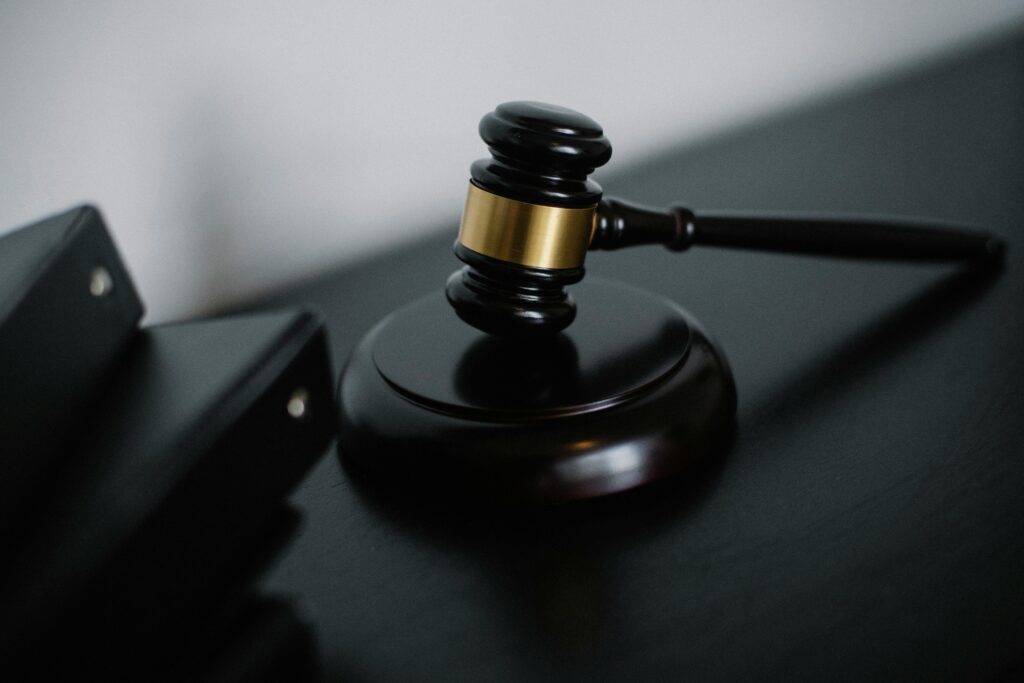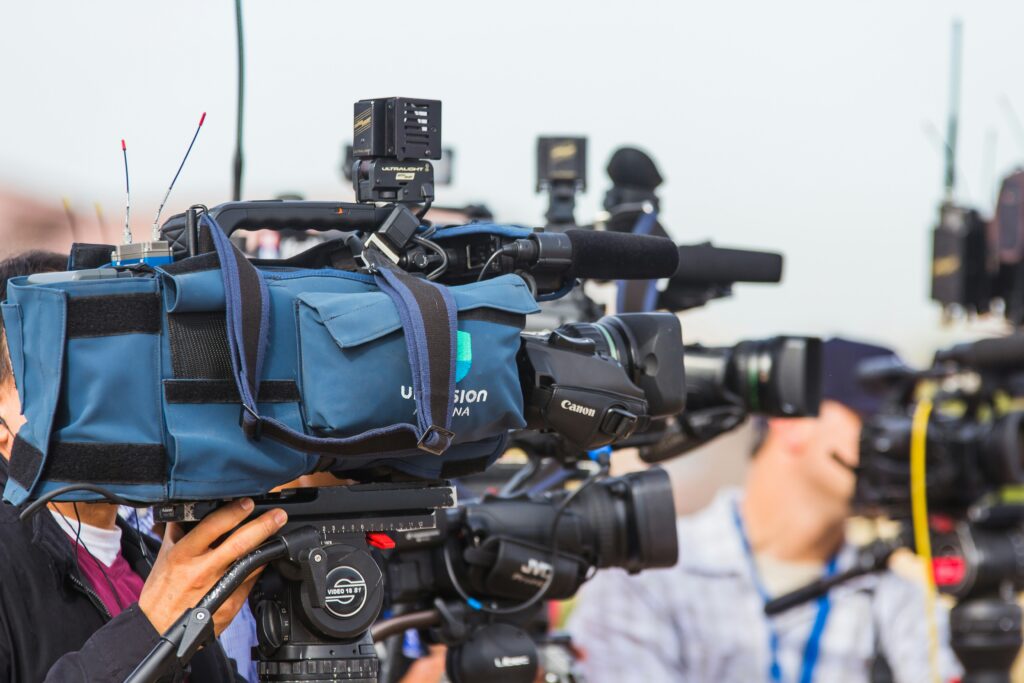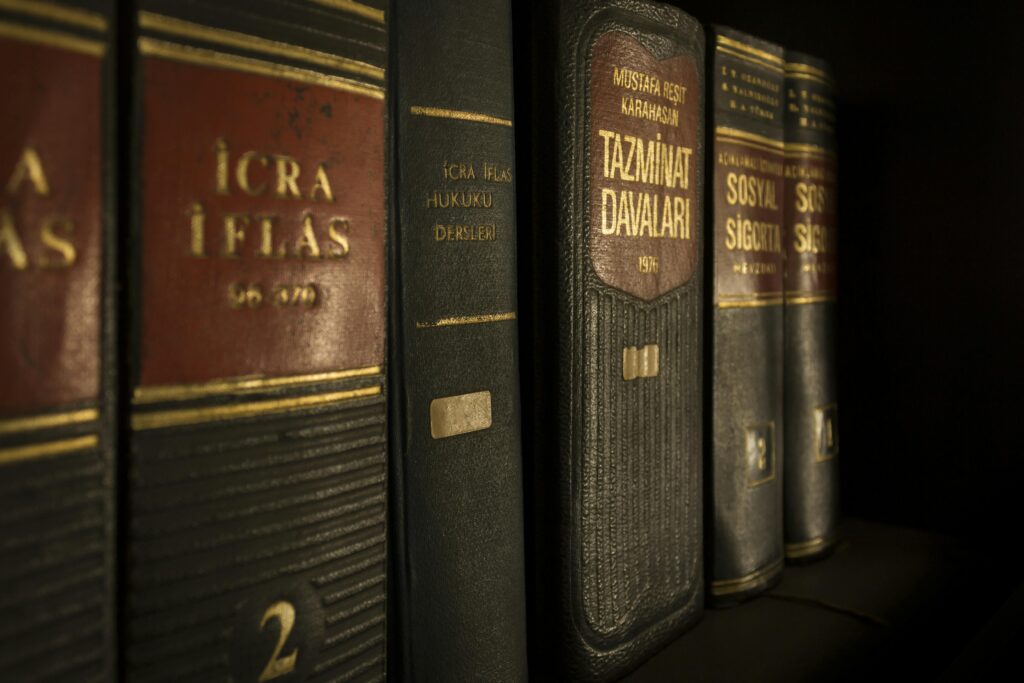Published On: September 04th 2025
Authored By: Susmita Chatterjee
Kolkata Police Law Institute (Calcutta University)
Case Name: Indian Young Lawyers Association v. State of Kerala, (2018)
Citations: 2018 10 SCC 1, AIR 2018 SC 4321, Writ Petition (Civil) No. 373 of 2006
Petitioners: Indian Young Lawyers Association and others
Respondents: The State of Kerala, Travancore Devaswom Board, Chief Thanthri of Sabarimala Temple and Others
Date of the Judgment: 28th September 2018
Court: Supreme Court of India
Bench: Justice D.Y. Chandrachud, Chief Justice Dipak Misra, Justice Rohinton Fali Nariman, and Justice Indu Malhotra
INTRODUCTION
In this case of Indian Young Lawyers Association vs State of Kerala (2018), the case was heard by five- judge bench of the Hon’ble Supreme Court of India gave an important decision and it’s a one of the most significant rulings about gender equality, constitutional morality and the right to religious freedom. The case mainly focused on the centuries-old practice, where not allowing women between the ages of 10 to 50 from entering the Sabarimala temple in Kerala. The practice which was questioned for being discriminatory and against the Constitution principles.
FACTS OF THE CASE
In the Sabarimala temple, dedicated to Lord Ayyappa, is a well-known Hindu place of worship. The deity is considered to be a Naishtika Brahmachari (a lifelong celibate). Because of this belief and tradition, women were prohibited from entering the temple between the ages of 10 to 50 years due to they are might be in their menstruating years.
In the year of 2006, The Indian Young Lawyers Association filed a Public Interest Litigation (PIL) before the Hon’ble Supreme Court of India and they challenging this restriction on the grounds that, it violates the fundamental rights under the Article 14 (Right to Equality), Articles 15 (Prohibition of discrimination), Articles 17 (Abolition of Untouchability), Articles 25 (Freedom of Religion), and Articles 26 (Right to Manage Religious Affairs).[1]
ISSUES RAISED
- In this case, the question arises that, whether the restriction of women from entry into the Sabarimala temple violates of their fundamental rights under Articles 14, 15, 17, and 25 of the Constitution of India?
- Whether is not allowing the women into the temple is a necessary part of the religious practice protected under Article 25 of the constitution?
- Whether a religious group can assert a clam under the Article 26 to manage its own affairs in matters of religion, even if such practices is discriminatory?
- Whether the Kerala Hindu Place of Public Worship Rules, 1965, (Authorization of Entry) under Rule 3(b) is violent the constitutional principal?
CONTENTION
Petitioners’ Arguments:
- The petitioner’s argued that not allowing women is only because of their biological factors and amounts to discrimination under Article 14 and Article 15(1).
- This kind of practice is not an essential religious practice and thus not protected under Article 25.
- In the Act of 1965, under the Rule 3(b) which enables the restriction is goes against the Constitution and is not legally valid.
- Under Article 17 of the constitution should be given a broad interpretation to include all the forms of exclusion, including gender-based.[2]
Respondent’s Argument:
- The respondent’s attorneys argued that the restriction is an important religious practice as well as it’s a form of part of the religion of the Ayyappa devotees.
- And also argued that the temple is considered as a denominational status under the Article 26, thus it has the right to manage its own religious matter.
- The practice is rooted from an old tradition and not intended to discriminate, but is based on the belief that the god in the temple is a celibate.[3]
JUDGEMENT/ DECISION
In the Sabarimala case was delivered by a 4:1 majority in the Hon’ble Supreme Court. The majority opinion, given by Justices Dipak Misra, Justices R.F. Nariman, Justices A.M. Khanwilkar, and Justices D.Y. Chandrachud, held that the practice of not allowing women in the temple is violated the Article 14, as it discriminated solely based on sex, and also Article 15(1), under the constitution which prohibits such discrimination in public places. In the Kerala Hindu Places of Public Worship Rules, 1965, under the Rule 3(b) which allowed this exclusion, was declared unconstitutional. To conclude, Justice Chandrachud further stressed that menstruation should not be a reason for exclusion and also highlighted the importance of dignity. The Court looked at the matter, whether the “essential religious practice” test was applied and it was held that the exclusion of women from entering the temple is not a necessary or important part of the religion. But on other hand, Justice Indu Malhotra argued that the Sabarimala temple is a religious group under Article 26 and should have the right to manage its own religious affairs. She emphasized that matters of faith that should not be interfered by courts unless they any breach public order, morality, or health, and that the essential practice doctrine should not judge the logic or reason behind a belief. [4]
LEGAL PRINCIPALES EVOLVED
In this case the court’s judgment, that the Supreme Court addressed several key constitutional principles. It reiterated that for any religious practice to receive constitutional protection, it must be necessary part to the religion just following old customs or traditions is not enough to get protection under the constitution. The Court held that the gender-based exclusion, such as barring women from temples, violates the right to equality and dignity and cannot be defended under the right to religious freedom. It stressed the importance of constitutional morality, stating that it must take precedence over long-standing traditions or popular beliefs that infringe on fundamental rights. Justice D.Y. Chandrachud also called for a broader interpretation of Article 17, which addresses untouchability, suggesting it should include all forms of social exclusion, including gender-based discrimination.
IMPACT OF THE CASE
The judgment it was seen as a progressive step toward to the gender justice. However, it faced immense backlash, particularly in Kerala and there were large protests by temple devotees. Despite the verdict, the entry of women into the temple remained practically restricted due to public resistance.
In the year of 2019, the Hon’ble Supreme Court In 2019, while hearing the review of petitions, referred the matter to a 7-judge Bench to reconsider issues related to essential religious practices in different religions, such as the Sabarimala issue, Muslim women’s entry into mosques and female genital mutilation.
As of now, the final decision on constitutional issues remains pending.
CRITICAL ANALYSIS
The court judgment in the Sabarimala case was very important to upholding the values of the Indian Constitution. It dealt with the tricky balance between religious, faith beliefs and the fundamental rights and choosing to protect people’s rights. However, Justice Indu Malhotra’s different opinion highlights that it’s not always easy to balance personal rights with the freedom of religious groups.
Some critiques argue that the judiciary went too far by trying to decide what is or isn’t essential in a religion, a domain traditionally outside judicial purview. The big challenge ahead is to find a way to respect religious beliefs while also supporting modern ideas of gender equality, without alienating religious sentiments. [5]
CONCLUSION
In the case of Sabarimala is a most important turning point movement in the Indian constitutional jurisprudence. It reflects a move towards making religious places more inclusive and reminds us that the fundamental rights are more important over customary practices. While the decision led to debates across the country, it shows how the evolving nature of constitutional interpretation in India.
REFERENCES
[1] Indian Young Lawyers Association vs State of Kerala, (2018) 10 SCC 1. Indian Young Lawyers Association vs The State Of Kerala on 28 September, 2018
[2] The Constitution of India, 1950. https://www.indiacode.nic.in/bitstream/123456789/19150/1/constitution_of_india.pdf
[3] Kerala Hindu Places of Public Worship (Authorization of Entry) Rules, 1965. https://www.scobserver.in/wp-content/uploads/2021/10/Kerala-Hindu-Places-of-Public-Worship-Authorisation-of-Entry-Act-1965.pdf
[4] Supreme Court Observer, Judgment in Plain English, Sabarimala Temple Entry, 28 September 2018 https://www.scobserver.in/reports/sabarimala-temple-entry-indian-young-lawyers-association-kerala-judgment-in-plain-english/?utm_s
[5] The case of Sabarimala: Entry of women to Sabarimala – Wikipedia




